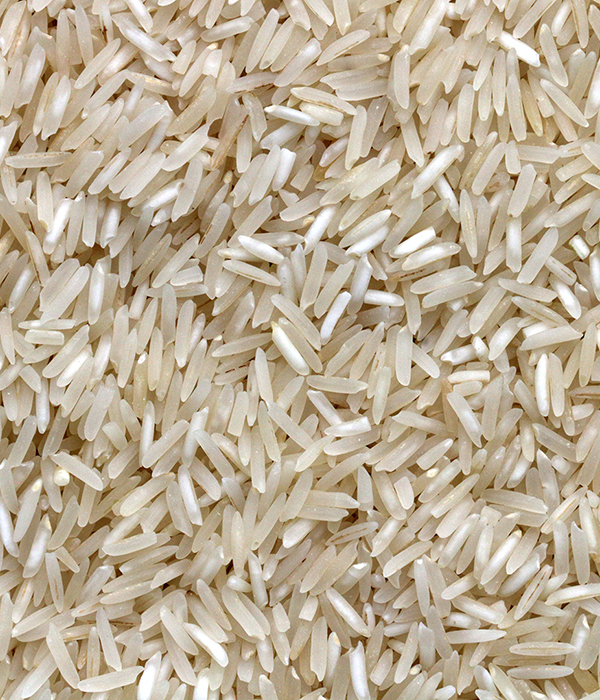#MoveTheDate
1.2
Days
Based on scenarios calculated by Project Drawdown, improved rice production methods would move the date of Earth Overshoot Day 1.2 days by 2050.
What is the solution?
Improving rice production by implementing best-practice drainage, nutrient, and tillage techniques, as well as growing different rice varieties.
This solution improves our resource security in the food category.
How does it #MoveTheDate?
Flooded rice paddies are ideal environments for microbes which feed on decomposing matter, and are responsible for the production of large quantities of methane. Adopting improved rice production techniques will reduce methane emissions while increasing carbon sequestration.
How is it scalable?
Currently, 111 million hectares are dedicated to industrial rice production. Only 41 million hectares have implemented improved rice cultivation methods, which means that 70 million hectares of rice production are available for improvement, nearly tripling the current rate.
What is the solution?
Improving rice production by implementing best-practice drainage, nutrient, and tillage techniques, as well as growing different rice varieties.
This solution improves our resource security in the food category.
How does it #MoveTheDate?
Flooded rice paddies are ideal environments for microbes which feed on decomposing matter, and are responsible for the production of large quantities of methane. Adopting improved rice production techniques will reduce methane emissions while increasing carbon sequestration.
How is it scalable?
Currently, 111 million hectares are dedicated to industrial rice production. Only 41 million hectares have implemented improved rice cultivation methods, which means that 70 million hectares of rice production are available for improvement, nearly tripling the current rate.
Rice is the most highly consumed crop on the planet, making up over 20% of all calories consumed by humans. Although rice was first domesticated in China’s Yangtze river basin, it gradually became a global culinary staple and is now grown on every continent (though south and east Asia still dominate rice production).
Traditional rice cultivation involves flooding fields after seedlings have been planted. This process irrigates the rice and reduces the prevalence of weeds and pests, which are unable to survive in the submerged environment. Flooding is not necessary, but alternative irrigation methods require more active weeding and pest control. The flooding process prevents the soil from absorbing atmospheric oxygen, which in turn causes the organic matter in the soil to decompose anaerobically, a process which does not require oxygen but instead produces methane. Studies which take all life-cycle emissions into account have shown that global rice production releases a quantity of greenhouse gases that is equivalent to about half the emissions from the beef industry.
Improved rice production methods therefore involve reducing the amount of time that rice is submerged, allowing organic matter to decompose aerobically (in the presence of oxygen) instead of anaerobically (in the absence of oxygen). These methods include mid-season drainage of fields and the adoption of varieties of rice which require less water.
Calculations for this solution are based on work done by our friends at Project Drawdown. You can get more information about this solution and their calculation methodology here.
There’s no benefit in waiting!
Acting now puts you at a strategic advantage in a world increasingly defined by ecological overshoot. Countless solutions exist that #MoveTheDate. They’re creative, economically viable, and ready to deploy at scale. With them, we can make ourselves more resilient and #MoveTheDate of Earth Overshoot Day. If we move the date 6 days each year, humanity can be out of overshoot before 2050.

